Theropod Limb Bone. 4.7 lbs

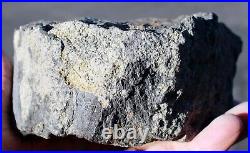
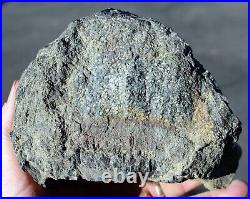

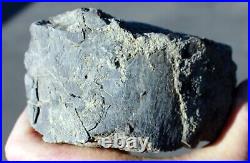
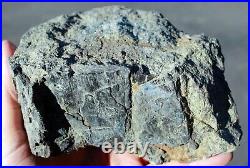
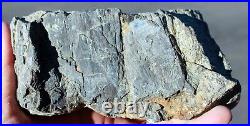
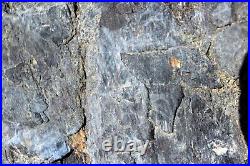
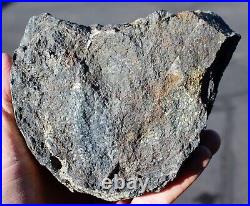
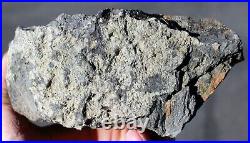

One (1) dinosaur bone with good cell structure and nice rind on the outside. These samples were specifically chosen from hundreds available because, more than anything else, they just look like old bones.
This makes them an excellent display piece, effective teaching tool and comical conversation starter. Dinosaur bones are preserved when mineral rich water soaks into the bones of the dead animal.Over time the minerals replace the cells in the bones (those are reds, oranges, blues and whites that you see in the marrow of the bone) and harden. The result is an exact mineral-rich replica of the original dinosaur bone.
These samples come from the dinosaur rich Morrison Formation near Rangely. How Do I Know This is an Authentic Dinosaur Bone? There are several clues that lead us to the conclusion that these are bonafide pieces of a skeleton. Appearance: We hate to state the obvious but take a good look. The outside texture, shape and even the relative size should clue you in that this is something that could very easily be a bone. Collecting Location: These specimens were collected in the Morrison Formation in Wyoming. It is a rock layer that was formed when the dinosaurs roamed the earth and is famous for being full of dinosaur memorabilia, bones, tracks, gastroliths and poop. Host Rock: The rocks in the Morrison Formation, where the bones are found, are sedimentary rocks. Sedimentary rocks are prime collecting locations for fossils.If you look in igneous rock layers (cooled lava) or metamorphic rock layers (squished and heated rock) you are going to have a much harder time finding fossils. Associated Fossils: Again, not to beat a dead horse but, the bones are found in the same area where you can also find fossilized dinosaur poop, gizzards stones and sometimes tracks. It is not a huge stretch to suggest that where there were dinosaurs living and eating and pooping for millions and millions of years that some of that poop might have dried up, been buried and mineralized. Mineral Rich Cells: Paleontologists will tell you that dinosaur bones are full of cells that have been filled with mineral matter.
These cells look like oval discs in the interior of the bone. Quite often they are very colorful because of the different minerals. Rind: The outside coating of the bone is called the rind. The texture is smoother, usually a different color and looks like an old bone. On the hobby side gem quality bone is great for cutting and polishing to display. Some folks like to make dino bone jewelry, knife casing, beads and carvings. From an educational standpoint this is great example of a trace fossil and a nice complement to other dinosaur related items. In either case, you are welcome to request a PDF that provides you with additional information and photographs about this beautiful rock at no extra cost, just give us an electronic poke in the ribs when you check out.We strive to provide you with the highest quality material, timely service and polite customer service.
